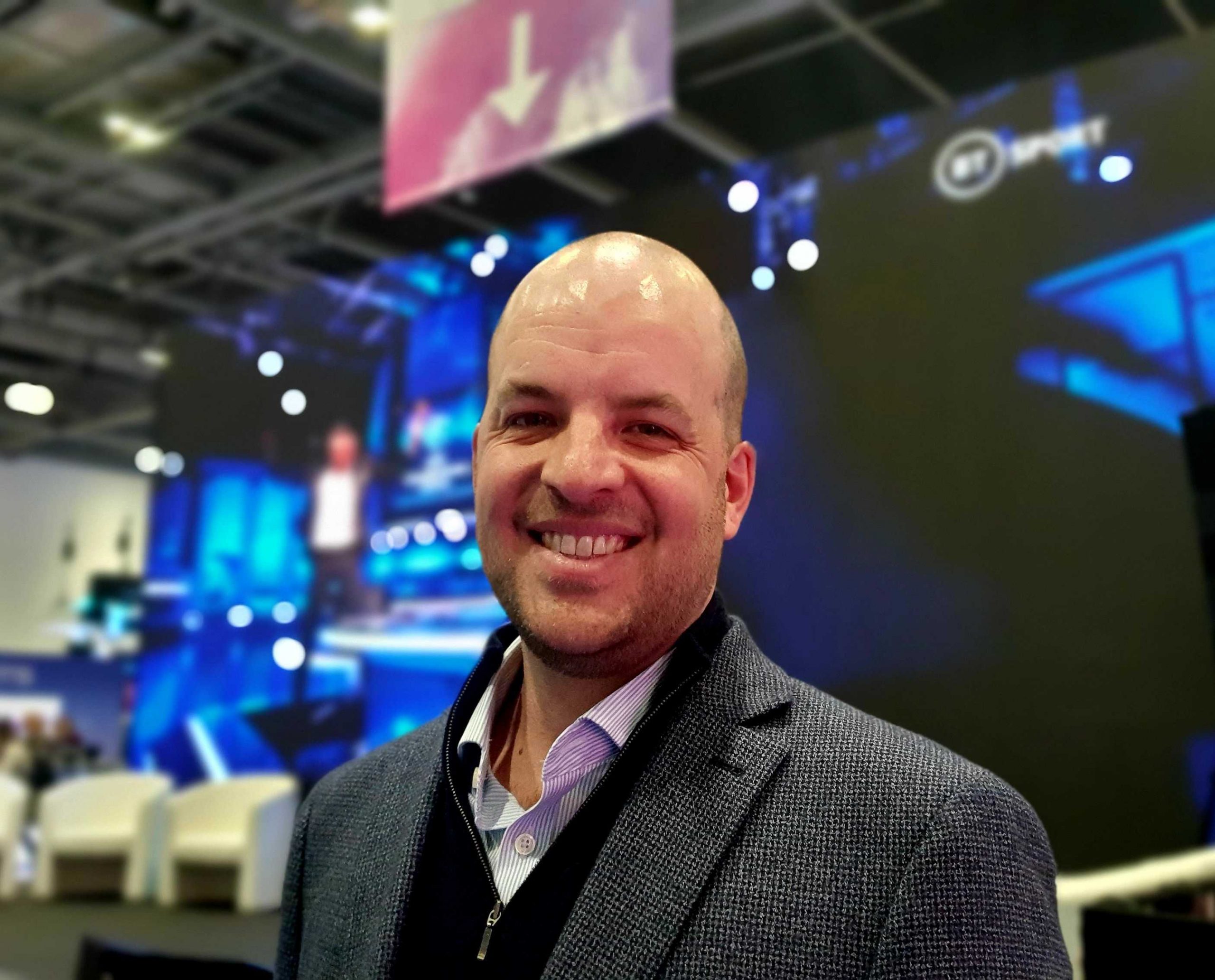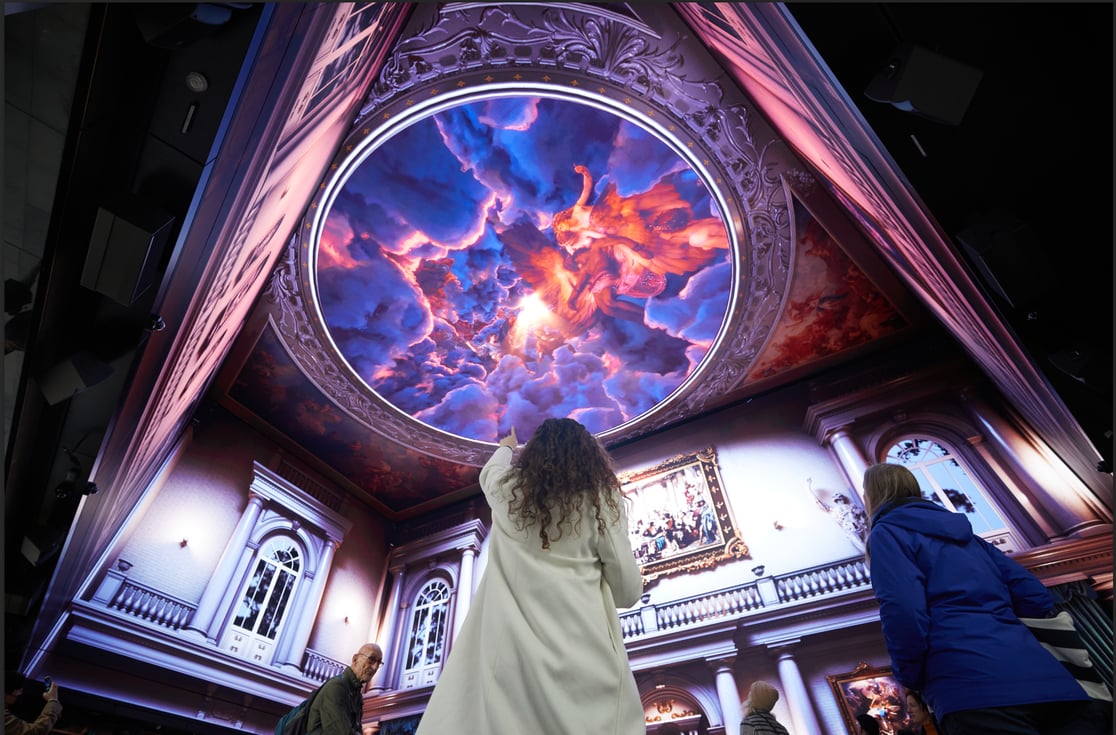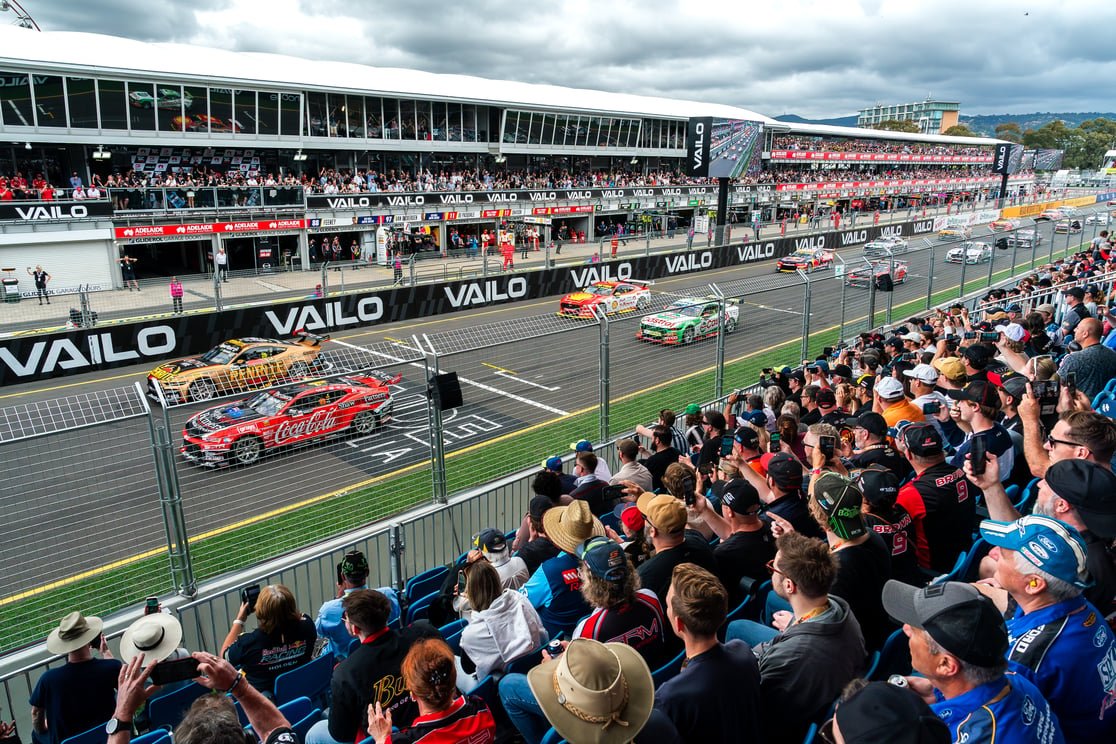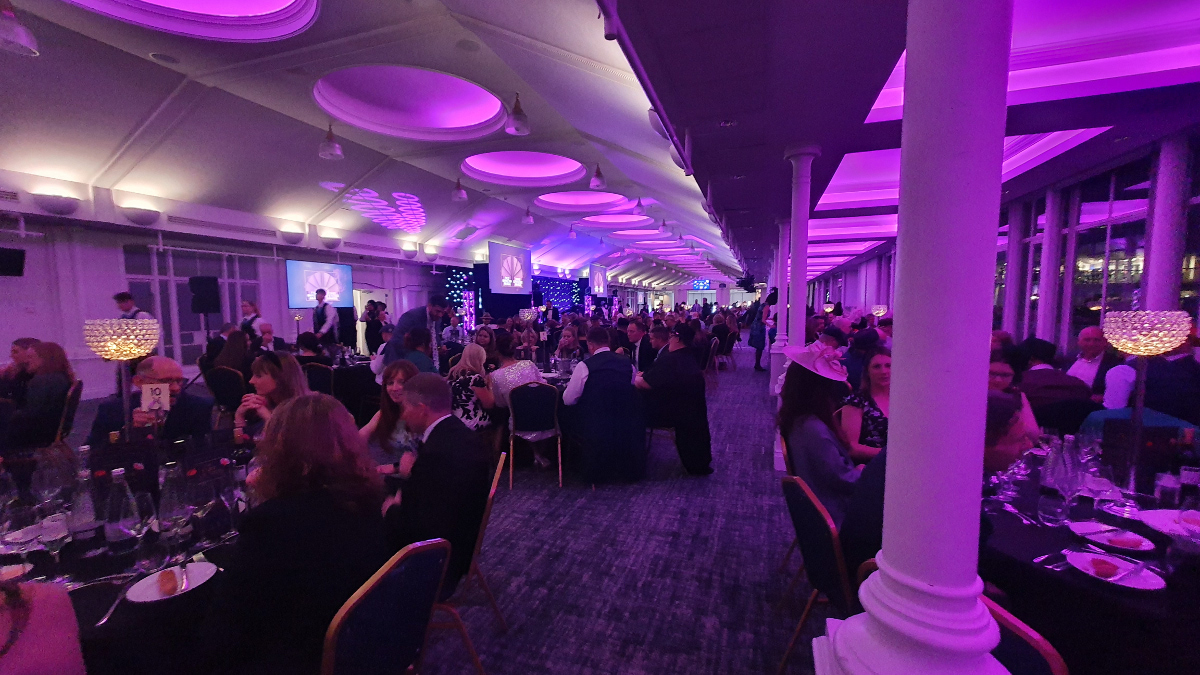Press
Spatial analytics and event performance in a more data-aware universe.

Meshh’s head of analytics, Nick Child took to the Tech Stage at International Confex on 01 March 2023, at ExCeL London to explain the benefits of anonymised spatial analytics. Here he reflects on the day and the questions it raised:
I was fortunate to be able to speak at International Confex at ExCeL London on the subject of spatial analytics and how anonymised data collection can provide some critical insight into visitor behaviour to events and, more particularly exhibitions. So a big thank you to Mash Media organisers of International Confex for the opportunity to share my thoughts on the subject.
It could not have been a more timely presentation as we had just returned from deploying our sensors and data analysis for Sportradar at ICE, also held at ExCeL London, and we were in the midst of deploying our systems at Mobile World Congress (MWC) in Barcelona for Qualcomm. Both installations measured the effectiveness of their exhibition presence in terms of footfall, dwell time, and engagement with specific parts of their exhibition stands.
I was particularly pleased to be approached after the session and asked two questions I thought worthy of sharing, and the answers I gave in return.
Firstly, I was asked about the suitability and effectiveness of using anonymous WiFi analytics to measure the success of an exhibition stand. There is a strong leaning towards app-based lead generation at exhibitions. Many of the alternatives, such as near-field communications (NFC) or radio-frequency identification (RFID), are expensive or complex to manage, mostly being the preserve of the organiser or the venue.
WiFi analytics are perfect for an exhibition stand; the sensors are small and quick to install. They are so easy to install that it is often possible to train contractors’ own teams how to place them on the stand and set them up in a matter of minutes. They can be set to record traffic within a range from as little as 0.5m up to 6m and more. In an exhibition environment, few locations would require a range above 6m, but it is possible. If the stand has several key features that have been designed to engage the visitors and increase dwell time on the stand, WiFi analytics provides the perfect measurement tool. Sensors can be set for each feature. They can track traffic between features and points of exit. All of this can be reported to a dashboard that shows traffic flow, hotspots and exit points, which can inform improvements and design considerations for the next show. And, if the contractor is undertaking the installation, they make a cost-effective method of validating a feature placement or design element, removing subjectivity and anecdotal evidence and replacing it with hard data.
The second question was related to the first and focused on whether installing and managing a set of sensors on a stand during the show would require a team of technicians due to technical complexity.. The simple answer is no. Specifically, in the case of the Meshh sensors, they are very easy to deploy, having been designed to allow anyone with some basic training to know how to install them, power them up and turn them on. They are battery-powered and have a dongle to transmit the results, so there is no requirement to join in the battle for heavily congested venue WiFi or to have a bespoke channel or ethernet. The batteries last 24 hours, so for a multi-day show, two battery packs allow one to be deployed whilst the other is charging, also removing the need for a separate power source on the stand.
The alternative to WiFi are technologies such as Light Detection and Ranging (LIDAR), which is highly accurate but is technically complex and requires specialist installation expertise. It is also expensive to install for a short period, and cost justification would be difficult. Another technology is camera-based tracking, which brings with it a number of data protection issues as faces are recognised and, in some cases, facial recognition is the method of tracking. It is also more challenging to focus on micro areas and requires expertise to install and commission.
Being able to answer these two relatively straightforward questions did allow me to present the benefits of how Meshh uses anonymised WiFi tracking and how it is easy to deploy, making it the ideal solution if any stand contractor needs to provide hard metrics on footfall, dwell time and engagement to their clients. Used over a number of shows, it will allow the contractor to hone the design of the stand to maximum effect.
If anyone would like to chat about how WiFi tracking can work for their exhibition stand, I would be delighted to have a conversation.

Contact us
Ready to Transform Your Space
"*" indicates required fields


